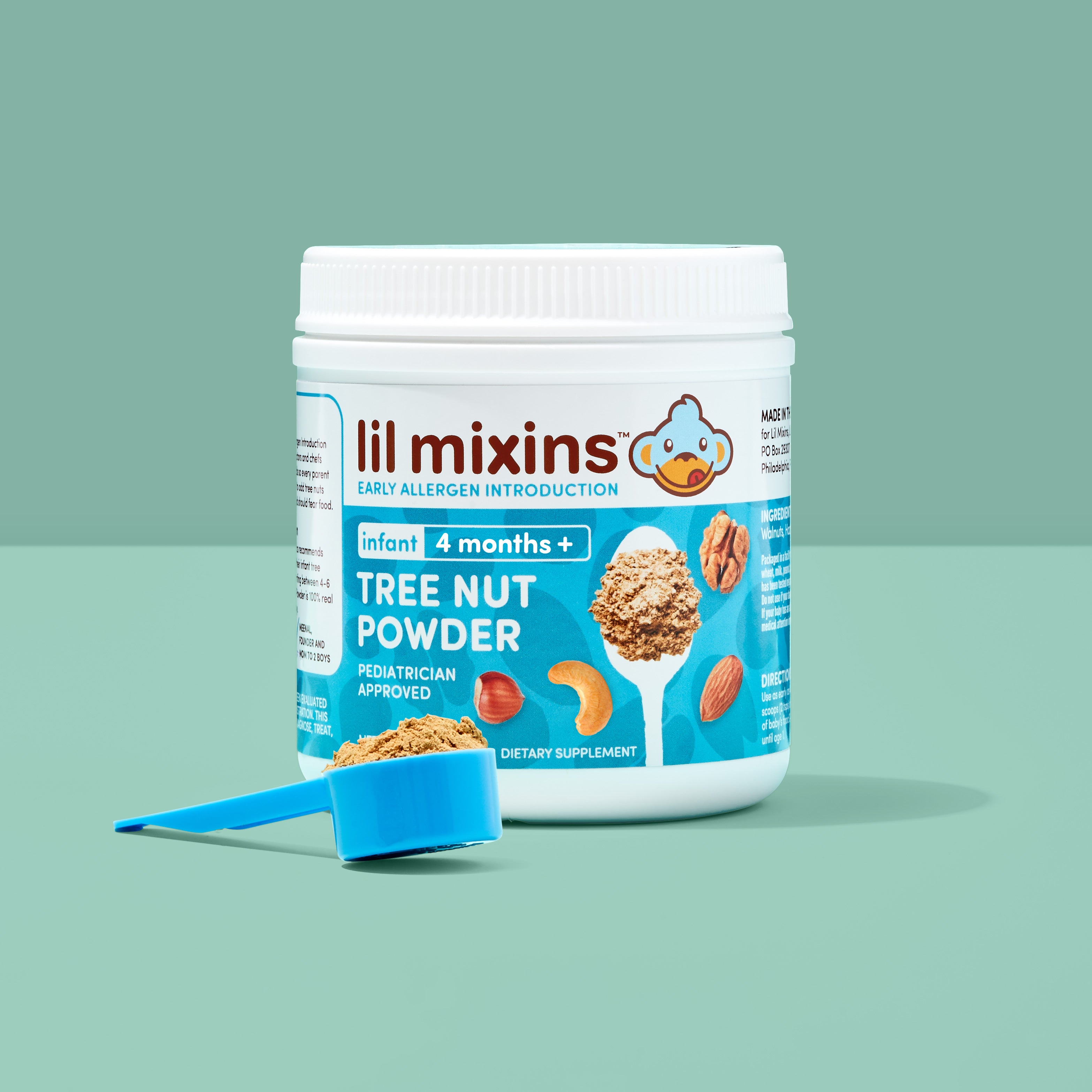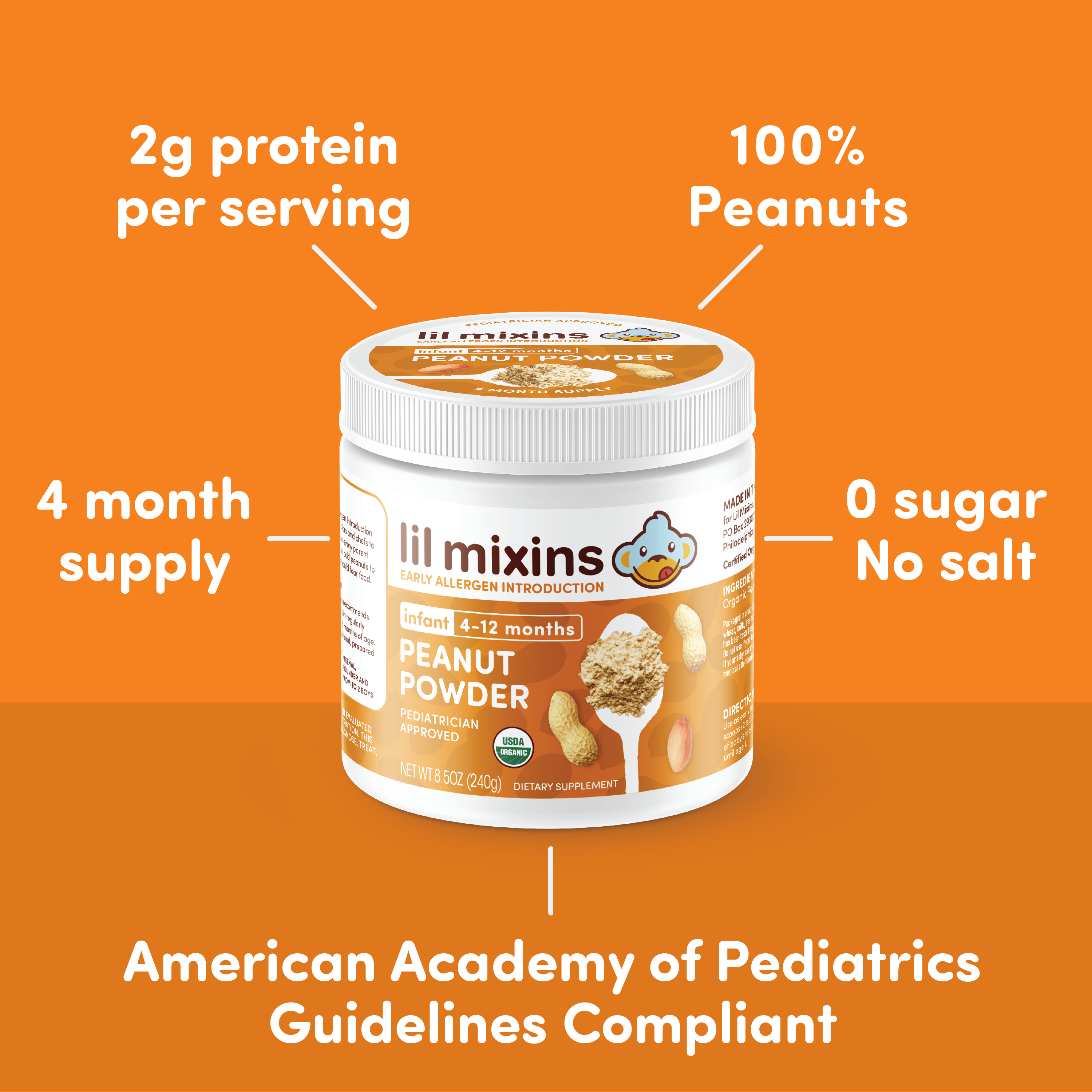Understanding Tree Nut Allergy
People often confuse peanut allergies with tree nut allergies. Let’s walk through what tree nuts are and how tree nut allergies are different.
What Is Tree Nut Allergy?
Tree nut allergy is one of the “top 8” most common food allergies. Tree nut allergy affects about 1% of the U.S. population. A tree nut allergy is an immune system reaction after eating or coming into contact with a tree nut.
Almonds, walnuts, hazelnuts, cashews, pine nuts, pistachios, pecans, macadamia nuts, and brazil nuts are all tree nuts. A person with a tree nut allergy can be allergic to one or more of these tree nuts.
Many children with a tree nut allergy are allergic to more than one tree nut. Some tree nuts are closely related to each other so children with cashew allergy often have pistachio allergy, and children with walnut allergy often have pecan allergy (read more about Tree Nut families below).
All children with a tree nut allergy should talk to their doctor to be tested about which specific tree nuts they need to avoid and which foods they can tolerate. Most tree nuts are processed in facilities that handle many tree nuts, so parents should also consider the risk of cross contamination (tiny bits of unlisted ingredients in packaged foods). Only an allergist can help you understand if cross contamination is a problem.
Most often, tree nut allergy starts in toddlers and only about 9% of children outgrows a tree nut allergy - everyone else maintains it for life.

Shop Tree Nut Mixin 4-Month Supply
Tree Nut Families
Tree nuts from the same family often cause cross-reactivity between each other.
Here’s a list of some tree nut families and the specific nuts they include:

People who are allergic to walnut are more likely to be allergic to pecan because they come from the same tree nut family. And people who can tolerate walnut are more likely to tolerate pecan.
In 2005, a team of researchers measured cross-reactivity between tree nuts. They worked with one protein and looked to see what other nut proteins were also affected.
Here’s what they found:

The chart above shows that there are clear connections between walnuts and pecans, and hazelnuts, cashews, and brazil nuts.
This study also shows us that when introducing tree nuts to babies, we may not have to feed them every single nut. Feeding infants almonds, walnuts, hazelnuts and cashews and allowing their bodies to develop tolerance to those nuts will likely create tolerance to all tree nuts. Lil Mixins Tree Nut powder covers the top 4 tree nut families to help babies have normal tolerance to tree nuts.

Shop Daily Mix One-Month Supply
Tree Nut Allergy Vs Peanut Allergy, Seed Allergy, Coconut Allergy
Tree nuts grow on trees, whereas peanuts grow underground and are considered legumes, like lentils and peas. Tree nuts are also different from seed allergens such as sesame, sunflower, poppy and mustard, which do not grow on trees.
About 30% of people with a tree nut allergy also have a peanut allergy. People with tree nut allergy are not necessarily allergic to seeds.
Food labeling laws require coconut to be listed as a tree nut, however coconut is a fruit, not a nut. Coconut allergy is distinct from tree nut allergy.






